
via Wikimedia. ImageSelgas Cano's Pavilion at the 2018 Brugge Triennale
如何判断一座建筑:它是否能让你感受到朝气?
How to Judge a Building: Does it Make you Feel More, Or Less Alive?
由专筑网李韧,邢子编译
本文最初发表于“Common Edge”,标题为“Christopher Alexander的遗产:智能建筑的评判标准”。
Christopher Alexander在其著作《秩序的本质》之中提及到一种智能建筑,通过现有建筑与自然的适应来呼应人们的需求与感受。这是一种观察世界的新策略,同时也是连接世界与人类的一种方式,同时这种方式也与古老的传统非常相似。
判断建筑或是城市环境的智能标准在于是否对于人们的情感健康有着或好或坏的影响?答案是正确的,一座建筑无论好坏都有不同的程度等级。人们不需要专业人员来告诉他们这座建筑是好是坏,他们完全有能力进行自己的判断,其中一种评判方法便是运用Alexander的“自我镜像法”,这种方法是需要问自己一个这样的问题:
“建筑是否让我们感受到朝气与活力?”
那么请注意这个问题的性质,它并不是直接提问:“你喜欢这座建筑吗?”,或是“这座建筑让你感到兴奋吗?”,因为这些问题的答案都较为模糊。喜欢与否取决于个人的偏好,过多的宣传干涉同样也会影响人们的判断。
This extract was originally published on Common Edge as "The Legacy of Christopher Alexander: Criteria for an Intelligent Architecture."
In his monumental four-volume book, The Nature of Order, Christopher Alexander talks about an intelligent architecture, responsive to human needs and sensibilities through adaptation to existing buildings and nature. This is a new way of viewing the world—a way of connecting to it, and to ourselves—yet it is very much the same as the most ancient ways of connecting.
Intelligent criteria provide a way of judging whether a building, or piece of urban environment, is good or bad for our emotional health. Yes, a building can be either good or bad to different degrees. People don’t need experts to tell them whether a building is good or bad; they are fully capable of judging for themselves [one of several ways of judging is to use Alexander’s “Mirror of the Self” Test]. Here’s the method—just ask yourself this question:
“Does this building make me feel more alive, or less alive?”
Note the specific nature of the question. It does not ask: “Do you like this building?” or “Does this building make you feel excited?” since those answers lead to ambiguous conclusions. Likes and dislikes are due to individual preferences overlaid with educational conditioning (exploited by the media and those with an agenda). Exposure to propaganda influences our decision.

© Laurian Ghinitoiu
无独有偶,情绪上的振奋也许是来源于开心或者紧张,其实这两种情感很难界定。上述的问题也许涉及到构成人工智能的潜意识层面,同时能够通过人们的居住模式来识别建筑,智能建筑运用神经网络将人们与环境连接在一起。
而第二个问题则是针对建筑的连贯性。这种方法较为简单,用于判断高度复杂可视化建筑的连贯性。人们可以选择建筑的任何可识别单元,比如墙体、柱子、门窗、檐口等构件,然后问问自己:
“如果我能够以任何方式做出改变,那么建筑的全寿命周期是否会缩短呢?”
在一座好的建筑之中,无论规模如何,答案都是肯定的。每个作品都有着其自身的场地特征,其形态与材料强调了整体的连贯性。这种系统的连贯能够提升建筑的整体性与适应性,同时不会与其他的部分相混淆。
Similarly, emotional excitement could be due to either pleasure or alarm, and again, it’s often difficult to distinguish between these two physiologically opposite responses. The above question instead digs deep into the subconscious networks that constitute human intelligence, and identifies a building with our own living structure. Intelligent architecture uses our evolved neural circuits to connect us to our environment.
A second question examines the coherence of a building. This is a very easy method for judging the coherence of highly complex visual structures. Pick any identifiable sub-unit of the building, some obvious component (such as a wall, column, doorway, window, cornice, etc.), and ask yourself:
“Does the overall life of the building diminish if I could move this piece or change it in any way; or even remove it altogether?”
In a good building the answer would be yes for each piece, regardless of size. Every piece belongs exactly in its place, and its shape and materials reinforce the overall coherence of the whole. This is system-based coherence, which contributes to unity and adaptivity and is not to be confused with a compositional or formal model.
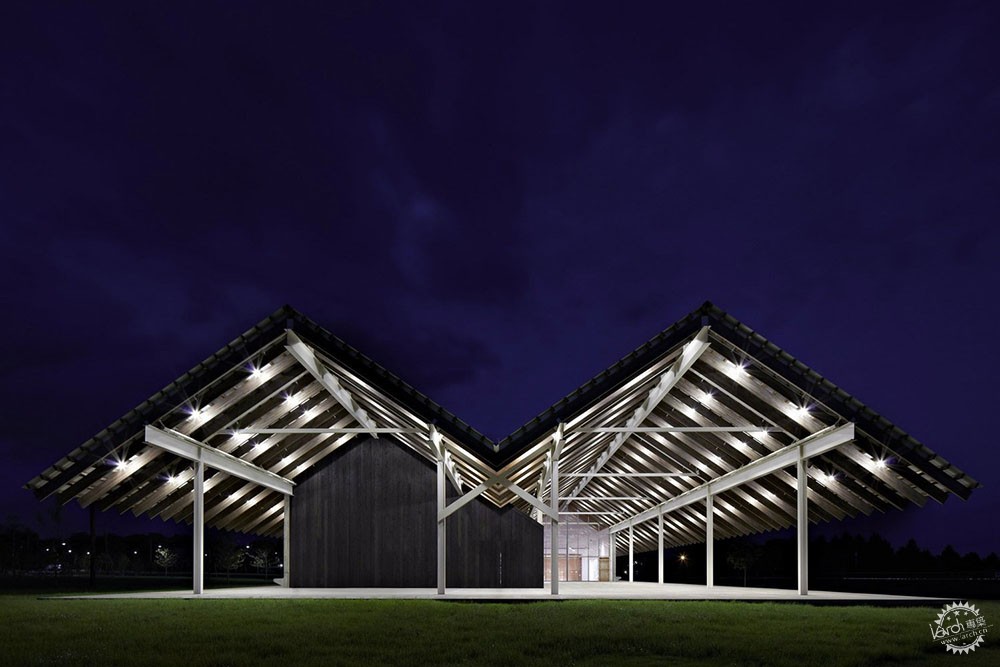
© Matthu Placek. ImageParrish Art Museum / Herzog & de Meuron; Photos © Matthu Placek
在小型建筑之中,一些构件与整体并不相关。它们甚至成为了没有实际功能的装饰体系,只是为了外观而存在。那么将它们去除并不会影响整体的连贯性,那么这些部分存在的意义是什么呢?
风格的说法并不服众,因为这样的解释太过肤浅。如果你是使用者,你想要改进建筑的某个部分,使其更具有适应性,亦或是对于人们能够带来更加积极的影响,那么建筑师就并没有做到整个项目的连贯性,而只是单纯地强调了某个形式而已。
人的大脑能够进行高度复杂的计算与思考,并且评估建筑的几何连贯性。来源于神经体系的感受和生理状况相联系,构成了一定程度的敏感性。如果想要充分利用这种生理机制,那么人们也许需要抛弃工业化现代主义的模式和短浅的思维视角。
In a lesser building, pieces are seen as irrelevant and hardly belonging to the whole. They have become decoration (i.e. structure that has no meaning or purpose and is added solely for fashion). Removing them or drastically changing them does not alter the overall coherence since that is nonexistent. Why, then, are those components included?
Style is not an honest justification; it is so superficial and trivial a reason as to be meaningless. If you as the user can envision a portion of a building improved—making it more adaptive in its use and in its direct positive physiological impact on you—then the architect has not done his/her job of seeking coherence but has instead imposed arbitrary forms or a formal compositional bias.
The brain, being capable of highly-sophisticated computations, instantly evaluates the geometrical coherence of any structure. Neurologically-derived sensations are linked to a physiological state, to degrees of alarm or calm. To profit from this physiological mechanism we need to cast off the industrial-modernist paradigm and the myopic/idiosyncratic vision of others.
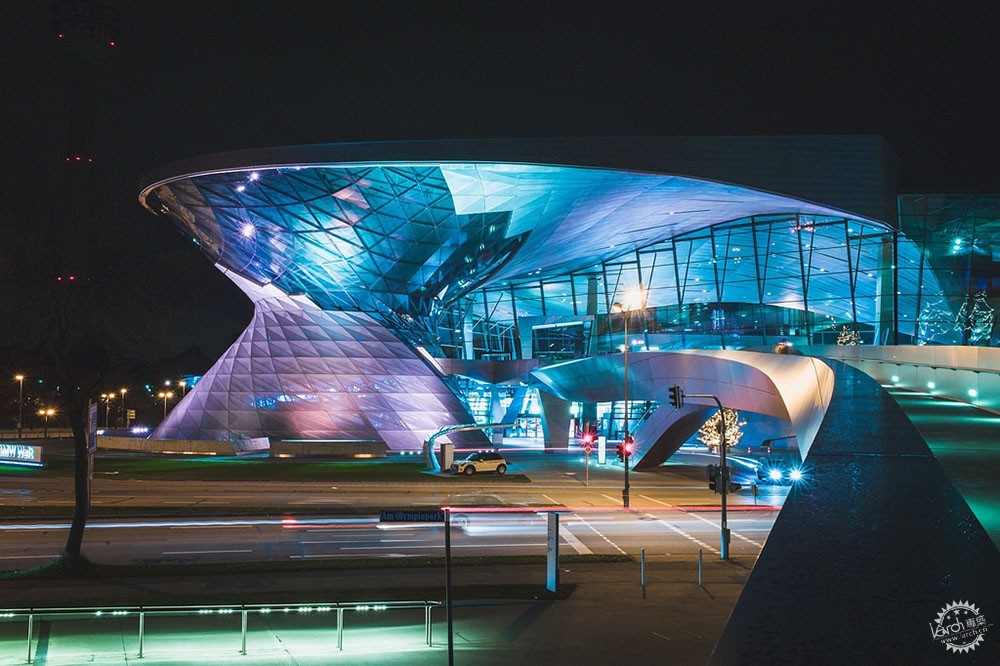
via Wikimedia
与那些明星建筑师所谓的论调相反的是,人们的技术并没有指明特定的建筑风格。人们在传统建筑中发现了一定的信息模式。就经验而言,通过材质与设计,传统建筑具有恰当的尺度、结构体系、纹理信息,以及对结构、比例以及空间感受的敏锐性。
考虑到在基本建筑体量之中,人们与物质世界的联系方式,不难发现达尔文过程、起源、毛细管现象、分形结构、膜界面、信息压缩体系、小型世界网络、逆幂律标度等信息,而这些信息都在环境功能的构件中起着核心作用。人们能够应用现有的建筑语言概念,从而改进并提升整体工作成果。
来源于生物学、机器学、人工智能科学的知识应用在建筑设计之中扩展了人们的经验。在进化梯度的顶端是大脑的复杂神经体系,而这种体系能够更好地运用智力。另外,除了将知识存储在脑回路之中,人们还能够习惯性地将自己所构建的环境用作生物记忆的延伸。书籍、文物、歌曲、装饰、社会几何模式都代表了自然的“集体意识”。传统建筑中的代表记忆模式,反过来也能够引导数千年来的建筑体系。这种强大的知识系统是人们对于环境的反应,但是这些也如同特定装饰、色彩、特定比例空间、墙体、肌理那样的微不足道。
Contrary to what starchitects claim, our technology does not dictate any particular architectural style. We discover an informational content in traditional architectures that speaks to us on a human level. Empirically, through its materiality and design, traditional architecture provides appropriate scaling, structural patterning, complex textural information, and a sensibility towards construction, proportion, and human nature.
Consider the basic building blocks of how humans interface with the material world (and by extension, the built environment). We find genetic algorithms, Darwinian processes, emergence, capillarity, fractal structure, membrane interfaces, information compression, small-world networks, inverse power-law scaling, etc. playing a central role in how the built environment functions. We now offer these concepts in an architectural language that practitioners might use to improve their work.
Knowledge from biology, robotics, and artificial intelligence applied to architectural design extends human experience. At the top of the evolutionary ladder lies the brain’s complex neuronal system that makes intelligence possible. In addition to storing knowledge in our brains’ neural circuits, human beings also habitually use their built environment as an extension of biological memory. Books, artifacts, song, ornament, and socio-geometric patterns represent the “collective memory” of a particular culture. Represented memory encoded in traditional buildings, in turn, has been guiding architecture for millennia. This powerful repository of what we know about our responses to environmental structure can be as trivial as a particular ornament, a color, a space of certain proportions, or the texture of a wall.
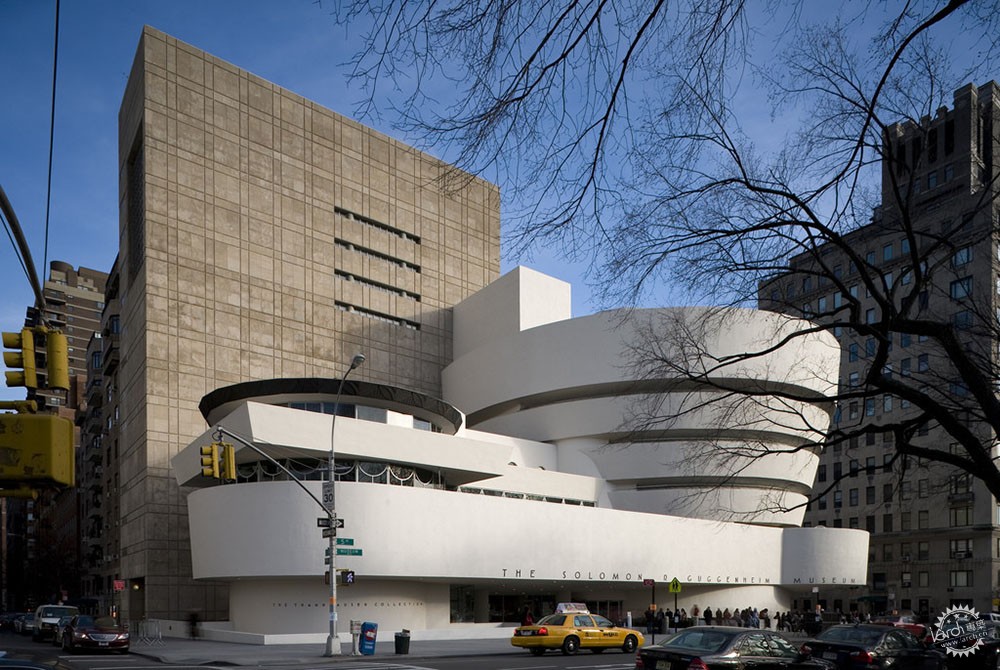
via wikimedia
传统建筑与城市主义之中的社会几何模式补充了世界范围内背景与文字传统的知识体系。大脑功能外部化所构成的信息来源于人类变革整体历程的经验。集体记忆是文化和文明的基础。发现于传统文化之中的模式来源于人们自身的偏好,而这种模式却具有遗传基础,同时也激发了生物设计全新模式的出现。
代表建筑环境的建筑知识既复杂又不可逆,这使得人们如果需要以文字的方式将其记录成为了一件复杂的事情。Alexander希望通过“模式语言”来做到这一点。他的分类虽然在建筑业内受到了批评,但是在计算机科学界却受到了高度的重视,其研究成果被现在的人们用于复杂的软件组织开发之中。
当人们开始将传统的建构环境视作人类记忆的外部延伸时,人们便能意识到,生物与建筑的连接有多敏感。这也说明了人文主义建筑师对于他们设计作品的反馈非常敏感的原因,同时他们也很尊重能从中受益的传统。
建筑理论中最为清晰且有用的论述常常以认识论为基础,并且关注语言和逻辑的关系,但是在许多当代理论中,它们有些许的迷失方向。即使如此,认识论的规划常常与人类的情感与生理过程相分离。但是感受对于知识而言却必不可少,而模式的识别能够帮助人们认清自己的特质与身份。真理与现实都有着生物与社会起源,心理状况的阐释也与情绪和复杂人体反应的神经生物学无法分割。以大脑为基础的现实较为情绪化,这与以哲学为基础的事实有着显著的差别。
Socio-geometrical patterns embedded in traditional architecture and urbanism complement the inherited knowledge encoded in texts and oral literary traditions throughout the world. These externalizations of brain functions encode information derived from experience over the entire course of human evolution. Collective memory thus provides the foundation of culture and civilization. It is only recently that the patterns observed in traditional cultures, coming from innate human preferences, were found to have a genetic basis (sparking the emergence of the new method of Biophilic design).
Built knowledge (represented in the built environment) is both complex and irreducible, making it very difficult to simplify and transfer into written text. Alexander attempted to do that in his Pattern Language. Largely maligned by the architectural establishment, his classification has nevertheless gained support and high regard from the computer science community, and his visionary results are now used to organize software complexity.
When we begin to see the traditional built environment as an extension (an external repository) of human memory, we realize just how intricately biology is linked with architecture. This explains why humanist architects are sensitive to feedback from their design and respect traditions from which they can benefit.
The clearest, most useful statements of architectural theory have always drawn upon epistemology, being concerned with language and logic (although much of contemporary theory wanders off into meaningless directions). Even so, the enterprise of epistemology is generally detached from human emotion and physiological processes. Sensations and visceral states are essential to knowledge, however, and pattern recognition helps to generate our identity. Truth and reality both have biological and social origins. A state of mental understanding is inseparable from the neurobiology of emotions and complex bodily responses. Brain-based reality is thus emotional; a marked difference from its impersonal philosophically-based counterpart.
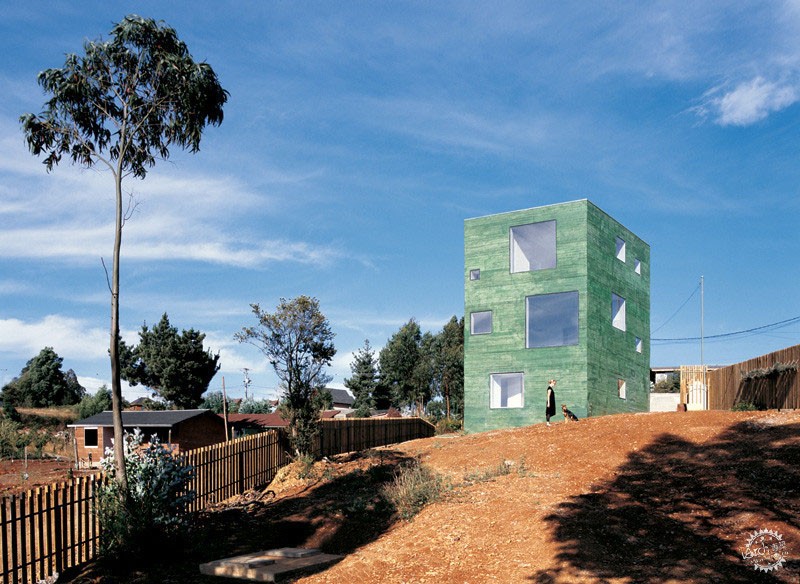
© Cristobal Palma | Estudio Palma
本文摘自长文“智能建筑的科学”,来源于波兰克拉科夫2017年45期刊《Teka Komisji Urbanistyki i Architektury》”第95至105页,其中的部分材料也来源于早期文章“通过人工智能重塑21世纪的建筑”,而这片文章则发表于2007年3月的《ArchNet-IJAR: International Journal of Architectural Research》第一卷第一期的36至52页。
This essay is extracted from the longer article “The Science of Intelligent Architecture,” published in Teka Komisji Urbanistyki i Architektury, Krakow, Poland, Issue 45 (2017), pages 95-105, and which includes material from an earlier article “Restructuring 21st-Century Architecture Through Human Intelligence,”published in ArchNet-IJAR: International Journal of Architectural Research, Volume 1, Issue 1 (March 2007), pages 36-52.
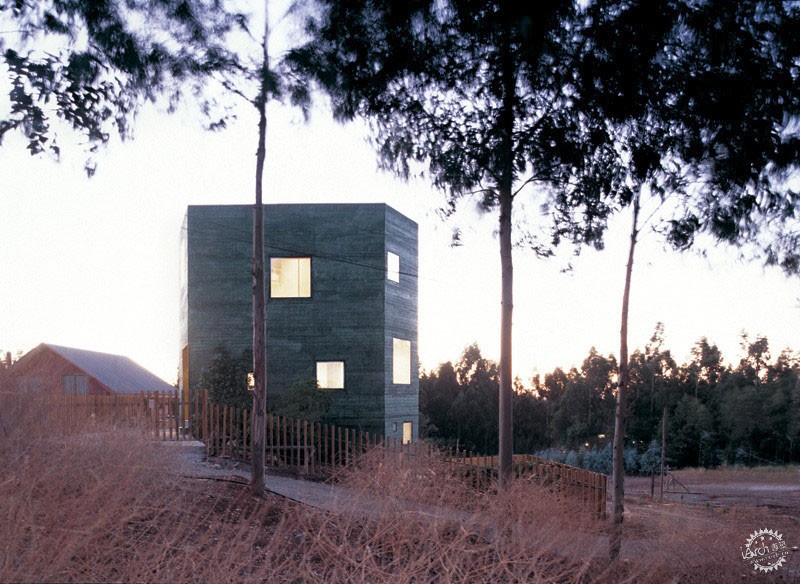
© Cristobal Palma | Estudio Palma
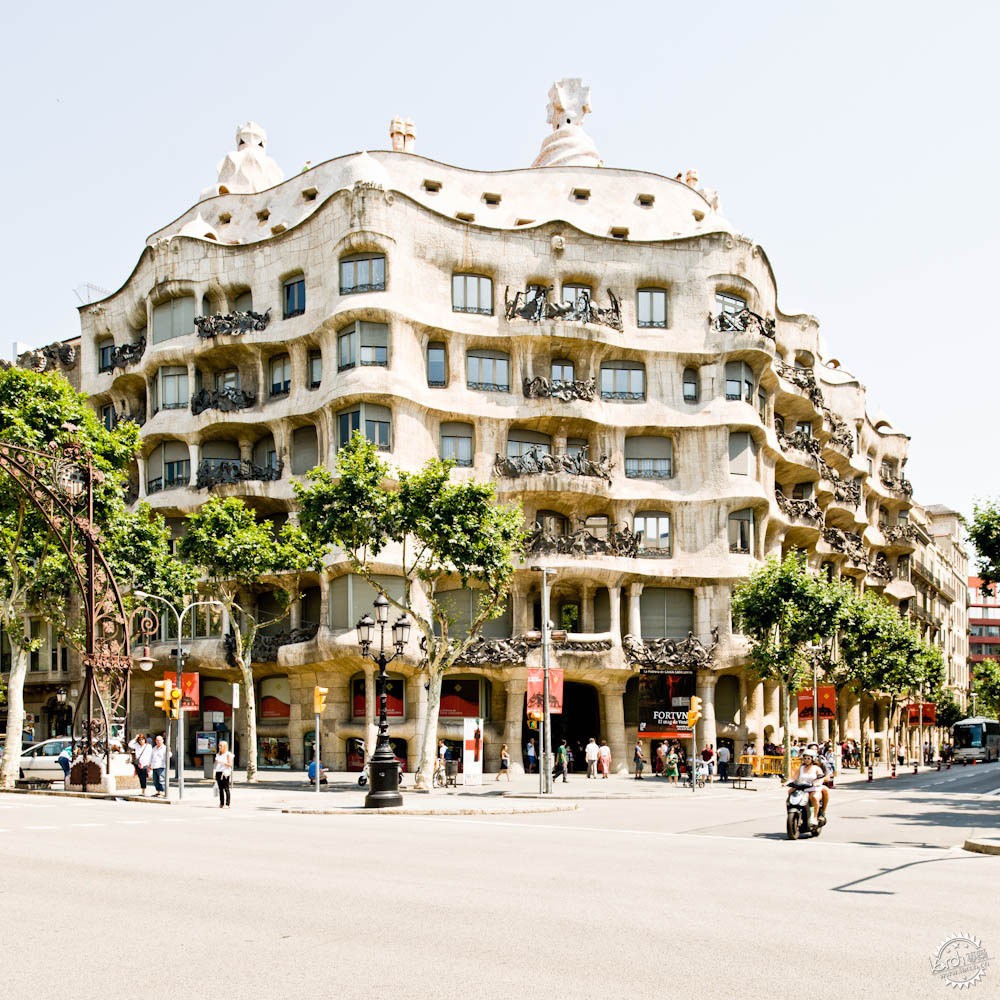
Casa Milà / Antoni Gaudí. "The perception of “life” in objects comes instead from a deep connection established between the observer or user, and the object". Image © Samuel Ludwig. Image
|
|
